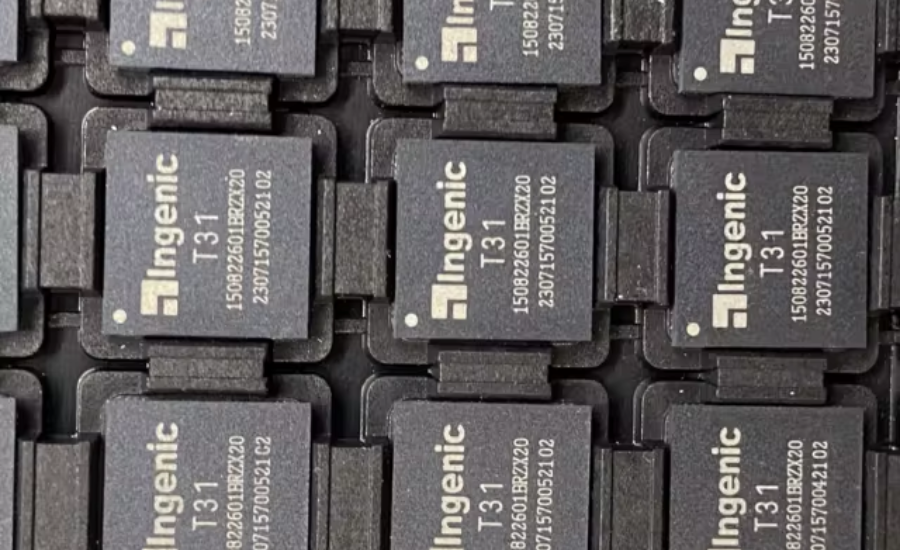If you love discovering new comfort foods from around the world, you’re in for a treat! Prekldača is a delicious, stuffed flatbread that has been enjoyed for generations in the Balkans. With its perfectly balanced textures—crispy on the outside, soft and flavorful on the inside—this dish is a must-try. Whether you’re new to Balkan cuisine or looking to perfect your recipe, this guide covers everything from its origins to step-by-step preparation and variations.
What is Prekldača?
A Staple of Balkan Cuisine
Prekldača is a savory pastry with deep roots in Balkan cuisine, particularly in Bosnia, Serbia, Croatia, and Slovenia. This beloved dish has been passed down through generations, evolving with regional influences while maintaining its traditional essence.
The Meaning Behind the Name
The name “Prekldača” comes from the word “preklati,” meaning “to fold over.” This reflects the way the dough is carefully shaped around its filling, creating a layered and flaky texture. The folding technique is key to achieving the perfect balance between crispiness and softness in the final product.
Ingredients and Variations
At its core, prekldača consists of thin, flaky dough filled with a variety of ingredients. Some of the most common fillings include:
- Feta cheese – a rich, tangy option that enhances the pastry’s flavor.
- Spinach – often combined with cheese for a nutritious and savory filling.
- Potatoes – a hearty alternative that adds a soft, creamy texture.
- Ground meat – seasoned beef or lamb for a more filling and protein-rich version.
- Sweet fillings – some variations include ingredients like apples, walnuts, or custard, creating a delightful dessert version.
Texture and Flavor
One of the defining characteristics of prekldača is its golden, crispy shell that contrasts with the soft, flavorful filling. The delicate layers of dough, when baked or pan-fried, create a satisfying crunch that makes every bite enjoyable.
How Prekldača is Served
Prekldača is loved for its versatility—it can be served as:
- A snack – a quick bite that satisfies cravings.
- An appetizer – perfect for starting a meal on a flavorful note.
- A light meal – when paired with complementary sides, it can be a wholesome dish.
Perfect Pairings
For an authentic experience, prekldača is best enjoyed with:
- Yogurt – its creamy tang balances the richness of the pastry.
- Soup – a warm broth enhances the meal’s comfort factor.
- Fresh salad – crisp greens add a refreshing contrast to the dish’s savory layers.
A Dish for Every Occasion
Whether enjoyed at a family gathering, a festive celebration, or simply as a comforting homemade treat, prekldača remains a cherished part of Balkan cuisine. Its adaptability and rich history ensure that it continues to be a favorite for generations to come.
A Brief History of Prekldača
Origins in the Ottoman Period
Prekldača has been a staple in Balkan households for centuries, dating back to the Ottoman period. The dish is believed to have originated in Bosnia and Herzegovina, where rural families used simple, affordable ingredients to create a hearty meal.
Traditional Preparation
The technique of layering thin sheets of dough with cheese, potatoes, or greens was passed down through generations. Over time, different regions developed their own variations, incorporating local flavors and ingredients.
Expansion Across the Balkans
As prekldača spread across the Balkans, it became a signature comfort food enjoyed at family gatherings and special occasions. Each region adapted the dish to its own culinary traditions, resulting in diverse flavors and styles.
Modern-Day Popularity
Today, prekldača can be found in many parts of the world. Its versatility allows for numerous variations in fillings and preparation methods, ensuring its place as a beloved dish in many households.
How to Make Traditional Prekldača
Making prekldača at home is easier than you might think. With just a few ingredients and some patience, you can create this flavorful pastry from scratch.
Ingredients
- 2 cups all-purpose flour
- ½ cup warm water
- 2 tbsp olive oil
- ½ tsp salt
- 1 cup crumbled feta cheese (or cottage cheese)
- 1 egg
- ¼ cup yogurt (optional, for extra creaminess)
- Melted butter (for brushing the dough)
Instructions
- Prepare the Dough: In a mixing bowl, combine flour, salt, olive oil, and warm water. Knead until smooth and let it rest for 30 minutes.
- Make the Filling: Mix the cheese, egg, and yogurt in a bowl until well combined.
- Roll Out the Dough: On a floured surface, roll the dough into thin sheets.
- Assemble the Prekldača: Place a spoonful of the filling on one side of the dough, fold it over, and seal the edges.
- Bake: Arrange the filled pastries on a baking sheet, brush with melted butter, and bake at 350°F (175°C) for 30-40 minutes or until golden brown.
- Serve & Enjoy: Let cool slightly before serving. Pair with a side of yogurt or a fresh salad.
Variations of Prekldača Around the World
While prekldača is a staple in the Balkans, similar pastries exist in different cultures, often adapted with local flavors. Here are a few international variations:
- United States: Slovenian communities in Cleveland make a sweet version with apple and cinnamon filling.
- Argentina: Uses cornmeal and dulce de leche for a unique twist.
- Australia: Features ricotta cheese and modern toppings like smoked salmon.
- Canada: Different cheese varieties, such as cheddar or gouda, are used based on regional availability.
- Brazil: Includes tropical flavors like guava paste and coconut for a sweet take on the classic.
Facts About Prekldača
Origin and History
-
Prekldača originates from the Balkans, especially Bosnia, Serbia, Croatia, and Slovenia.
-
The dish dates back to the Ottoman period, evolving over centuries with regional influences.
-
The name comes from the word “preklati,” meaning “to fold over.”
Ingredients and Variations
-
Traditionally made with thin, flaky dough layered with various fillings.
-
Common savory fillings include feta cheese, spinach, potatoes, and ground meat.
-
There are also sweet versions made with apples, walnuts, or custard.
-
Some versions are baked, while others are pan-fried for extra crispiness.
Serving and Pairings
-
Prekldača can be served as a snack, appetizer, or light meal.
-
It pairs well with yogurt, soup, or a fresh salad.
-
The dish is commonly enjoyed at family gatherings and festive occasions.
Cultural Significance
-
Prekldača is a comfort food in the Balkans, loved for its simplicity and flavor.
-
Different regions have their own unique versions based on local ingredients.
-
It remains a homemade favorite but is also found in bakeries and restaurants.
Interesting Facts
-
Prekldača is sometimes compared to burek, but it has distinct preparation techniques.
-
The flaky texture comes from carefully layering and folding the dough.
-
It is a dish that transcends generations, passed down through families.
Frequently Asked Questions About Prekldača
Q: What’s the best cheese for prekldača?
A: Feta, cottage cheese, ricotta, or a mix of these works best. The key is to use a slightly salty cheese to balance the flavors.
Q: Can I make prekldača ahead of time?
A: Yes! You can assemble the pastries and refrigerate them before baking. You can also freeze them for up to three months.
Q: What’s the best way to reheat prekldača?
A: For the crispiest results, reheat in the oven at 350°F (175°C) for 10-15 minutes rather than using a microwave.
Q: Can I use store-bought phyllo dough?
A: Absolutely! While homemade dough is traditional, phyllo dough is a convenient alternative that still yields delicious results.
Final Thoughts
Prekldača is a beloved dish that brings warmth and tradition to the table. Whether you stick to the classic cheese filling or experiment with new flavors, this Balkan pastry is sure to become a favorite in your home. Try making it yourself and experience the rich, flaky layers of this time-honored comfort food!












